Understanding the Grain of Fabric
Have you ever experienced the discomfort of wearing a garment that hangs awkwardly or twists unexpectedly? Or, have you had the frustration of laundering a particular garment only to find that it has shrunk or grown unevenly?
These annoying problems often come from the fabric’s grain alignment. This little detail has a big impact on how our clothes fit, look, and hold up over time. Understanding this concept will go a long way in ensuring we create garments that we are happy with.
What is the grain line?
The grain line of fabric refers to the direction of its yarns relative to the selvedge edge;
There are three main fabric grains:
- Lengthwise or straight grain: Aligned with warp yarns parallel to the selvedge, providing strength and stability.
- Crosswise grain: Formed by weft yarns perpendicular to the selvedge, offering flexibility and stretch.
- Bias grain: Running at a 45-degree angle across the fabric, providing the most stretch and drape, being ideal for creating garments with fluid and natural movement.
How to position the grain?
When working with fabric the choice between cutting with or against the grain can have a significant impact on the overall performance and appearance of a garment. Therefore, I recommend taking into considering the following:
- The pattern: Sewing patterns include grainline arrows. To ensure the grainline is parallel to the selvedge, start by measuring from one end of the grainline to the selvedge, and pin the pattern piece and fabric near the arrowhead. Then, measure from the other end of the grainline to the selvedge, making sure the distance is equal, and pin in place.
- The grains behaviour:
- The lengthwise grain provides stability and strength, therefore it is suitable for vertical elements like centre fronts and backs.
- The crosswise grain offers more stretch and flexibility, being ideal for areas requiring movement like sleeves or bodice width.
- The bias grain provides the most stretch and drape, being suitable for fluid designs or areas that need to conform to curves.
- The fabric: Aligning the grain properly will help ensure a cohesive appearance when working with fabrics with a pattern (e.g. stripes or checks) or nap.
How to identify the grain line?
To identify the grain line of your fabric, start by looking for the selvedge edge, which runs along the length of the fabric parallel to the lengthwise (or straight) grain.
If the selvedge has been removed (perhaps you’re working with an off-cut piece), here are some methods to help you identify the grain approximately:
-
- Pull diagonally: Hold the fabric at opposite corners and pull gently. The direction with the most stretch is the bias; the opposing angle is the straight grain.
- Pull horizontally: Pull the fabric horizontally. The direction with less stretch is likely the straight grain.
- Tear test: Make a small snip and tear the fabric. If it tears in a straight line, it’s likely along the grain line.
- Follow the print or weave: Use any print or weave patterns to visually identify the grain.
The fabric grain directly impacts how fabric behaves during construction and wear. Therefore, understanding grain alignment will go a long way in ensuring that you create well-fitting, durable garments that retain their shape and appearance over time.
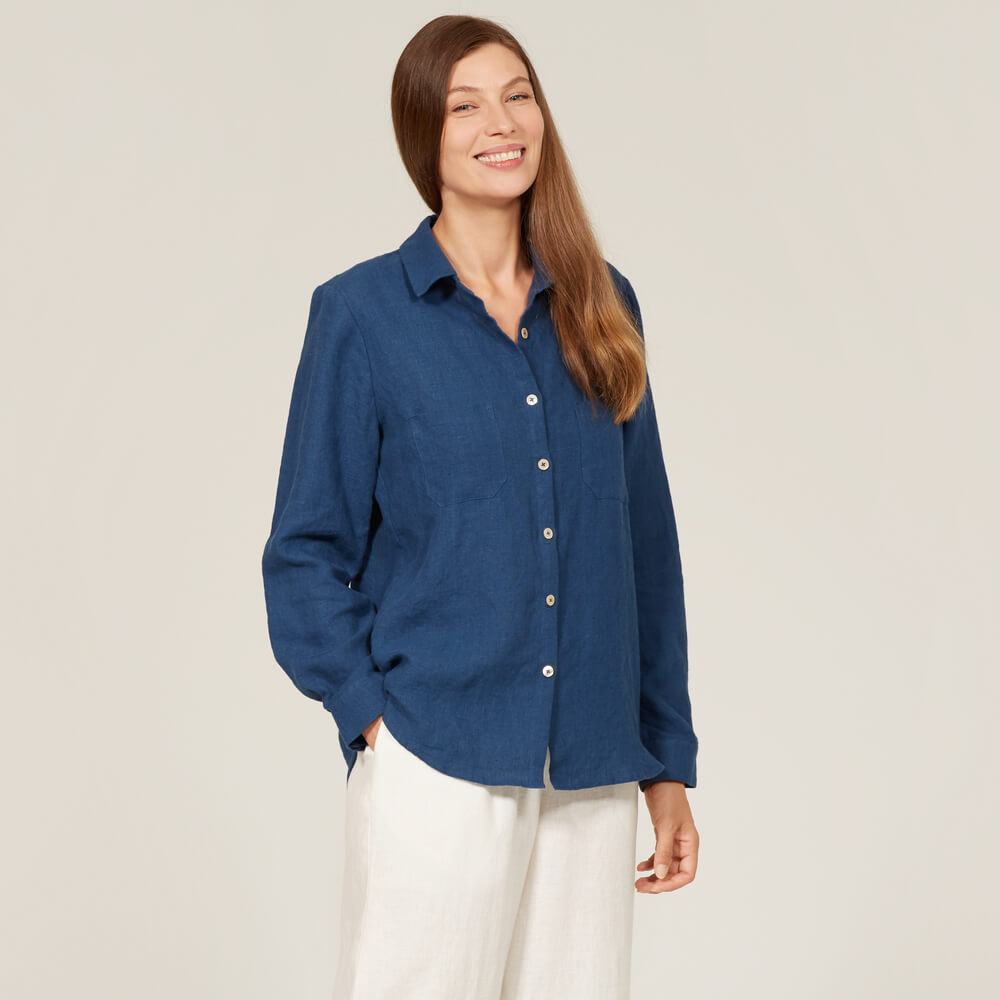




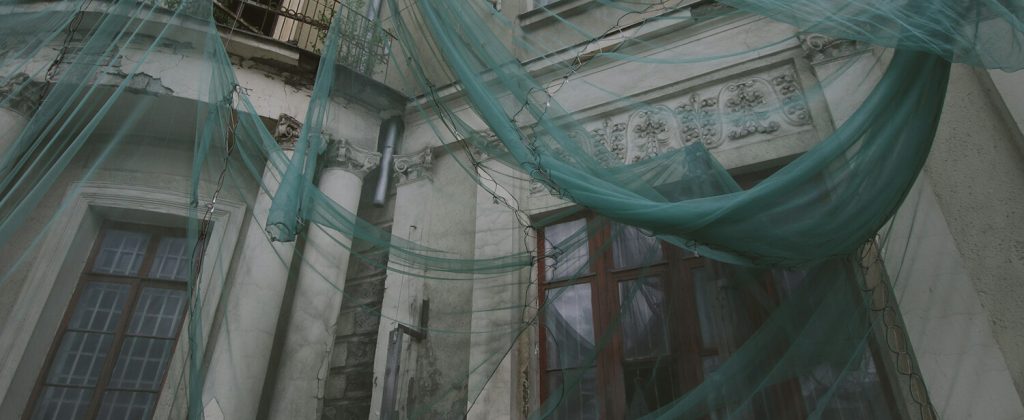

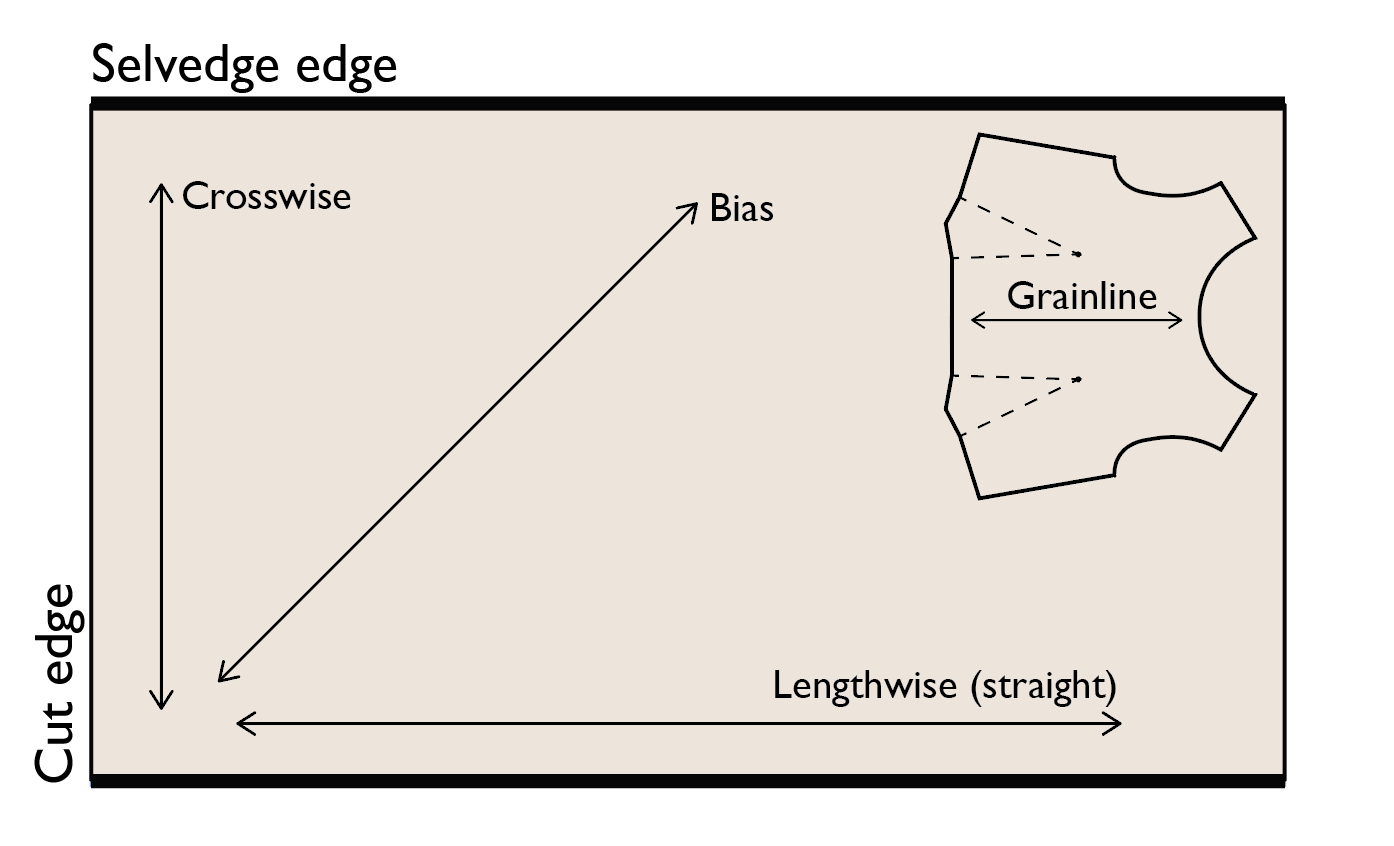




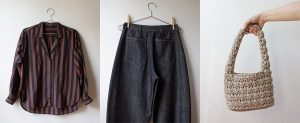
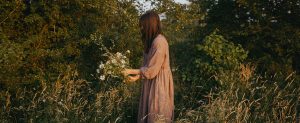

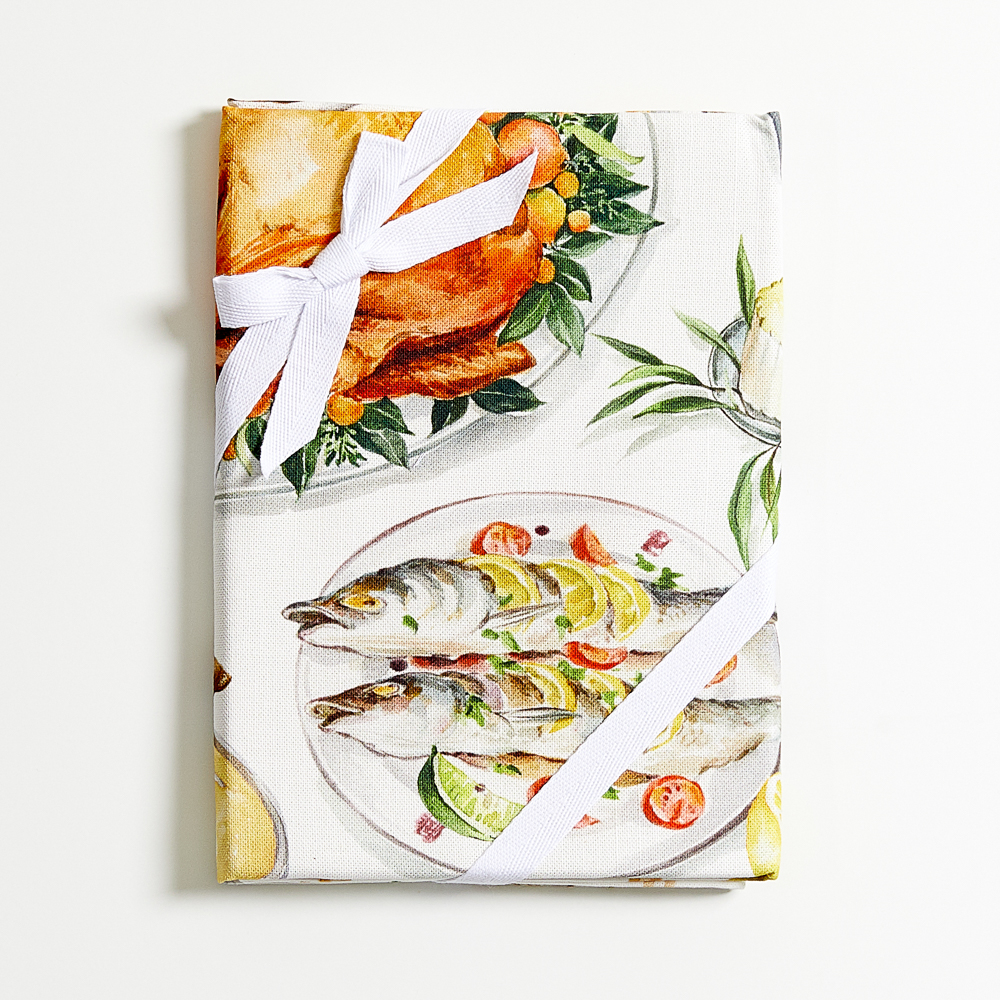


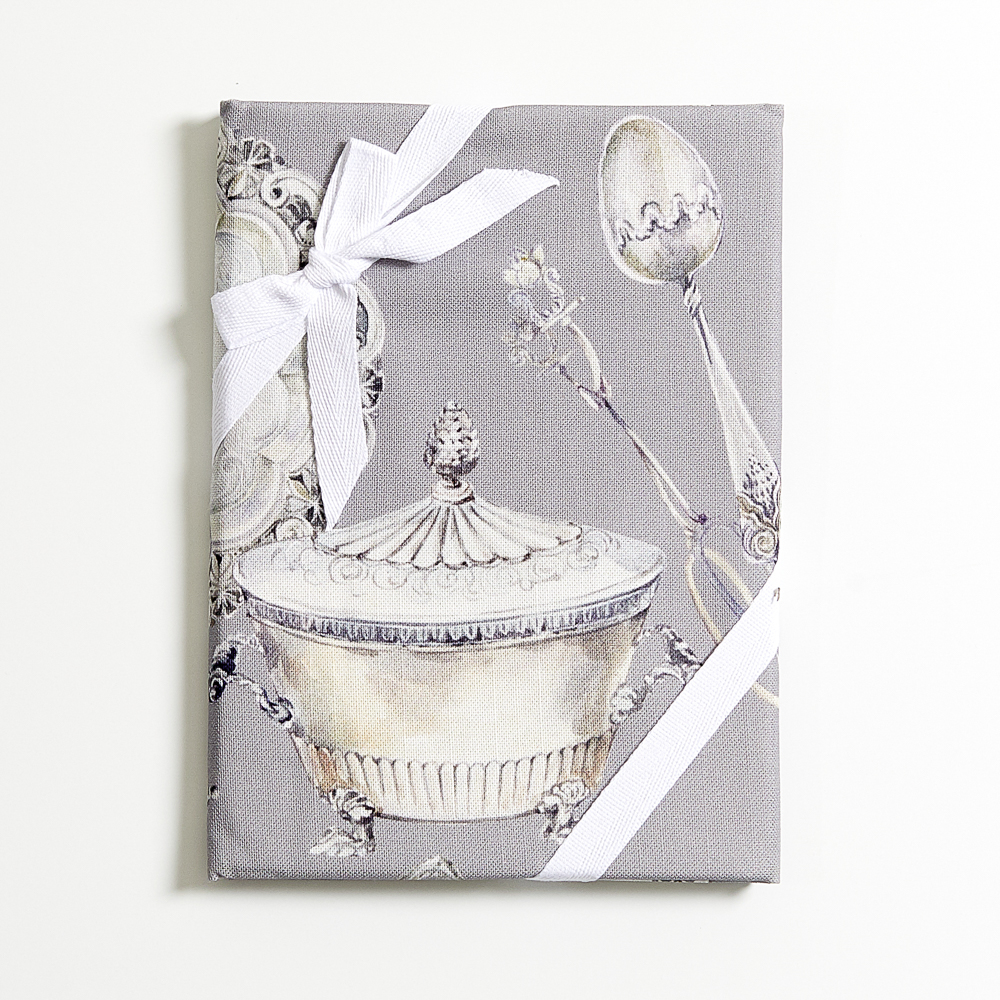
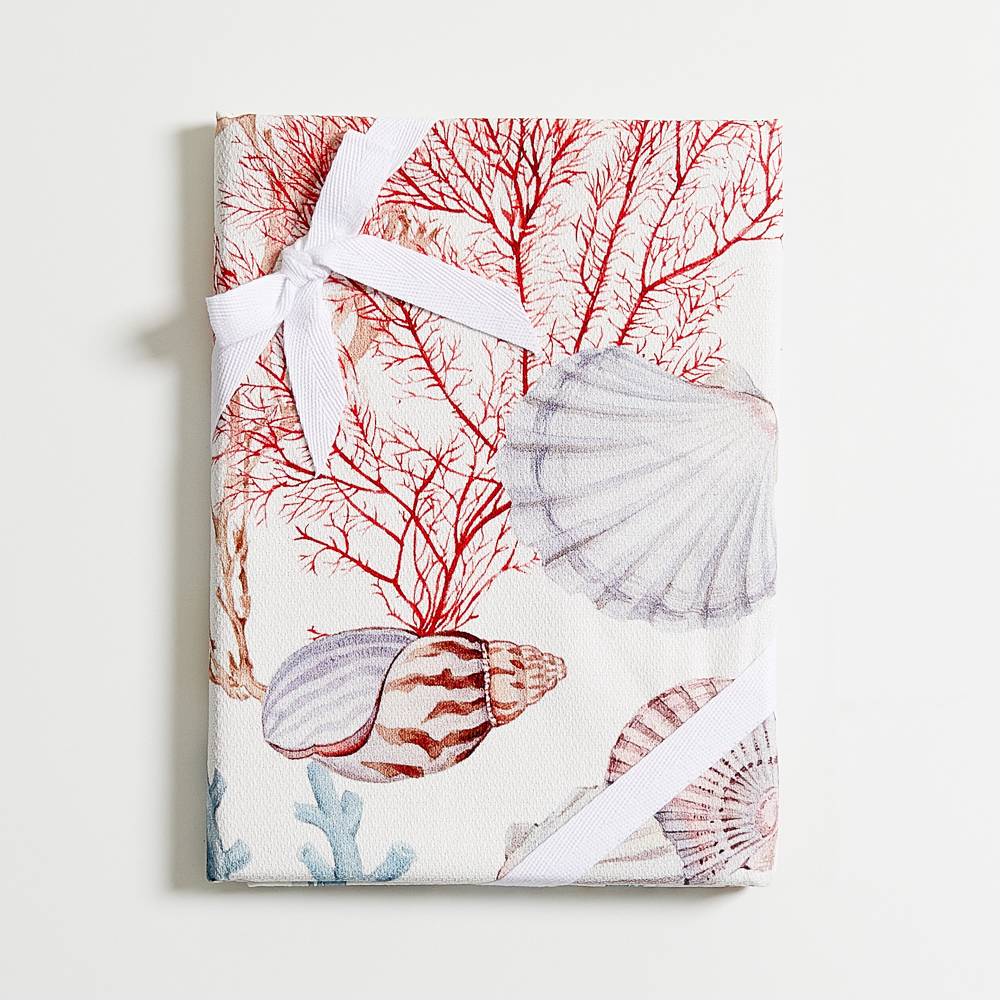


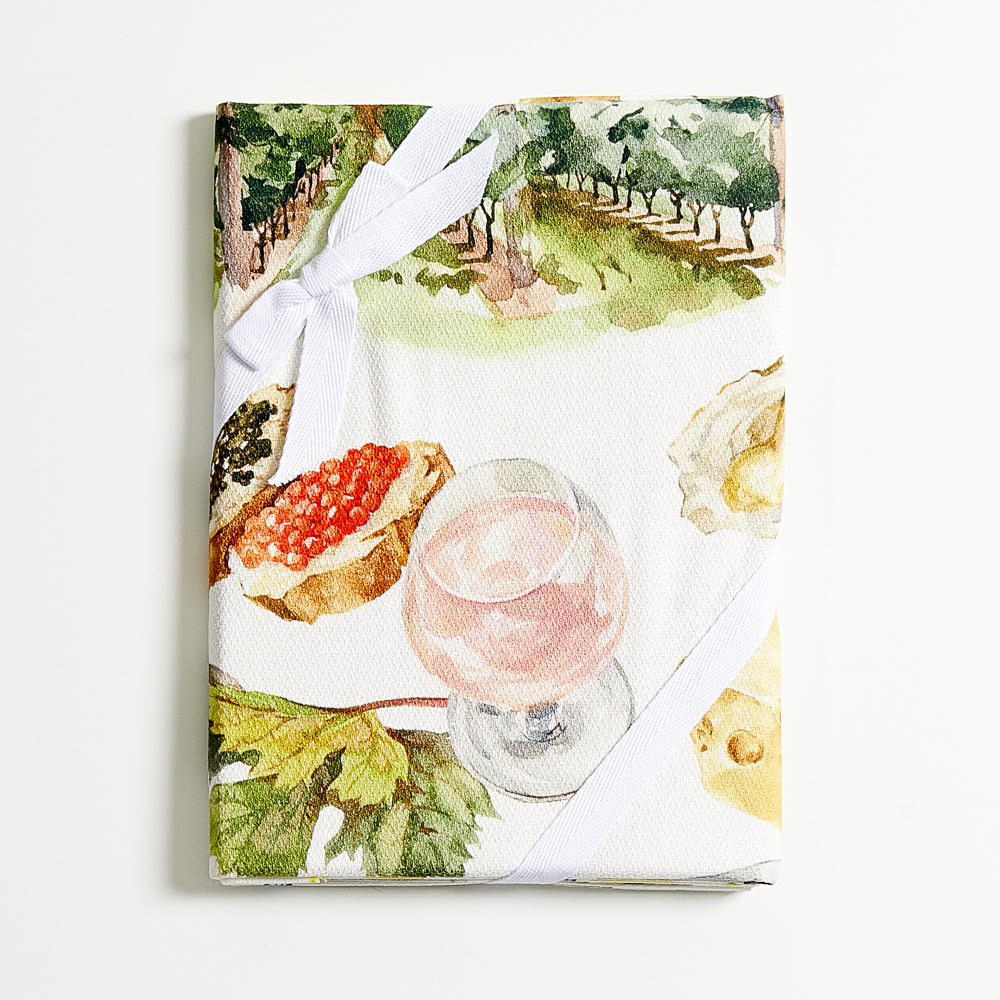



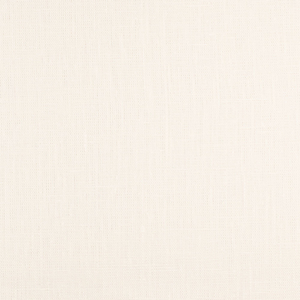

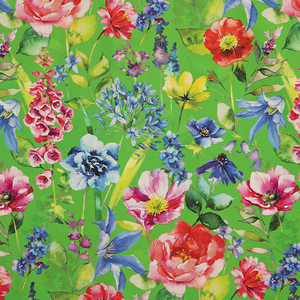
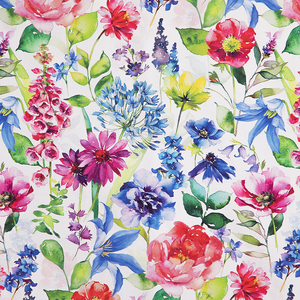


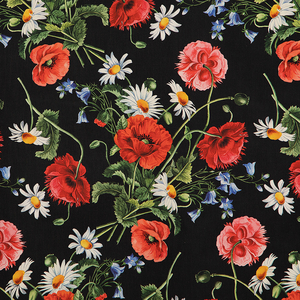
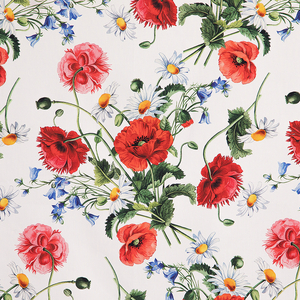
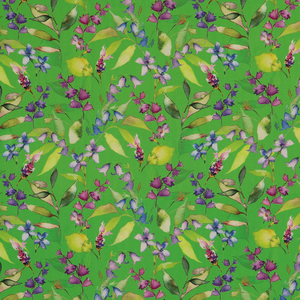
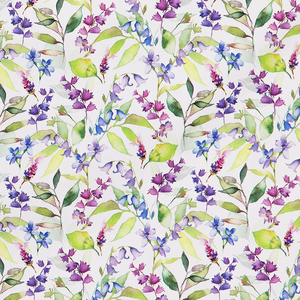

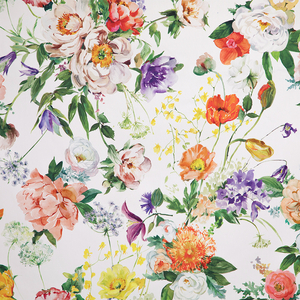




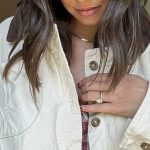
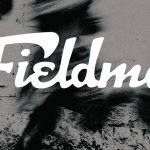
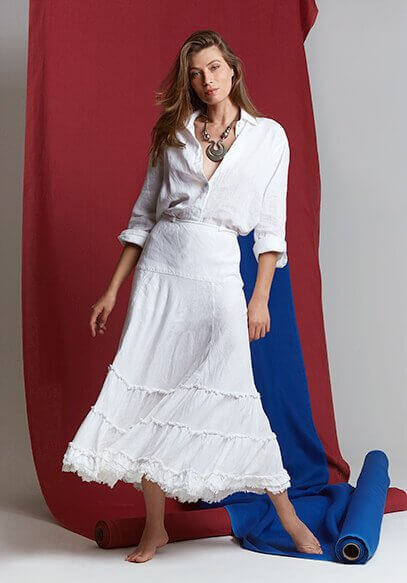
3 Comments
Jan Darrah
“Pull diagonally: Hold the fabric at opposite corners and pull gently. The direction with the most stretch is the bias; the opposing angle is the straight grain.” I am confused by this; if you pull from opposite corners on the bias, wouldn’t the opposing angle also be the bias?
Emma Cartmel
Hi Jan, thank you for your comment.
I can see how this point is confusing, so my apologies. I agree that the opposing angle would also be the bias.
When conducting a stretch test like this:
* The direction which has the most stretch would represent the bias.
* The opposing 45-degree angle would be the lengthwise/straight grain (least stretch) or crosswise grain (a little stretch).
I hope this clarifies my point, and thank you for your feedback 🙂
Barbara Geshekter
Great article and just a reminder of how much I miss the midweight linen fabric in the color “straw.” That beautiful photograph and the fabric example you used makes me wish you would bring back that Wonderful, wonderful color. Suitable for all seasons I swear I’d Bye 20 yards of it if you ever bring it back. And I know I’m not the only one who has requested the return of that color. Please please please reconsider.. ?